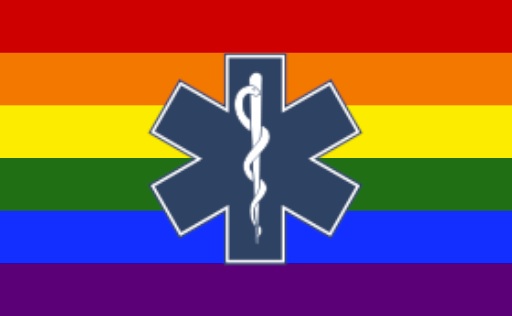
Hoping to shed light on an understudied population, researchers at Moffitt Cancer Center have conducted a first-of-its-kind study exploring health disparities among the lesbian, gay, bisexual, transgender/transsexual, queer/questioning and intersex (LGBTQI) community.
The researchers found that the LGBTQI population faces many health disparities due to reduced access to health care and health insurance, coupled with being at an elevated risk for multiple types of cancer when compared to non-LGBTQI populations.
Gwendolyn P. Quinn, Ph.D., scientific director of the Survey Methods Core Facility at Moffitt, says that physicians largely operate under a, “don’t ask, don’t tell” policy that prohibits open and honest dialogue between doctor and patient about cancer risk.
The study, which reviewed existing research, highlights that LGBTQI populations face barriers to health insurance such as when partnerships and marriages are not legally recognized; concerns about disclosure in a health care setting, discrimination, misconceptions, legal and financial barriers and the disenfranchised stress and distress of caregiving same-sex partners.
Additionally, there are higher rates of smoking and substance abuse and low screening rates resulting in poor patient outcomes and survival rates for LGBTQI populations. The review, “The Importance of disclosure: Lesbian, gay, bisexual, transgendered, queer/questioning, and intersex individuals and the cancer continuum“, was published in the American Cancer Society’s journal, Cancer.
Researchers found that the real or perceived limited access to care due to fear of discrimination and lack of sensitivity and knowledge of LGBTQI issues stood as roadblocks to patient care. In a study of family physicians, only 1 in 80 reported routinely asking patients about sexual orientation, while the majority reported rarely or never asking.
“For many years, physicians did not ask patients about their sexual orientation. The importance of recognizing gender identity and sexual orientation is critical to ensuring the best quality and evidence-based care is available to patients,” explained Quinn. The National Institutes of Health and the Institute of Medicine now recognize gender identify and sexual orientation as vital aspects of a health history and have called for improved research in this population.
Specific attention from health care and public health professionals could address a number of disparities in LGBTQI health, including:
- LGBT youth are 2 to 3 times more likely to attempt suicide.
- LGBT youth are more likely to be homeless.
- Lesbians are less likely to get preventive services for cancer.
- Gay men are at higher risk of HIV and other STDs, especially among communities of color.
- Lesbians and bisexual females are more likely to be overweight or obese.
- Transgender individuals have a high prevalence of HIV/STDs, victimization, mental health issues, and suicide, and are less likely to have health insurance than heterosexual or LGB individuals.
- Elderly LGBT individuals face additional barriers to health because of isolation and a lack of social services and culturally competent providers.
- LGBT populations have the highest rates of tobacco, alcohol, and other drug use.
To improve better dialogue between patients and physicians, researchers suggest training staff in LGBTQI competencies, creating intake forms that are gender-neutral and explaining to patients the need for full disclosure when asking personal questions, as it relates to their cancer risk.
The study also implores the research community to collect and analyze gender identity and sexual orientation data in cancer observational studies and clinical trials to reveal where advancements can be made.
